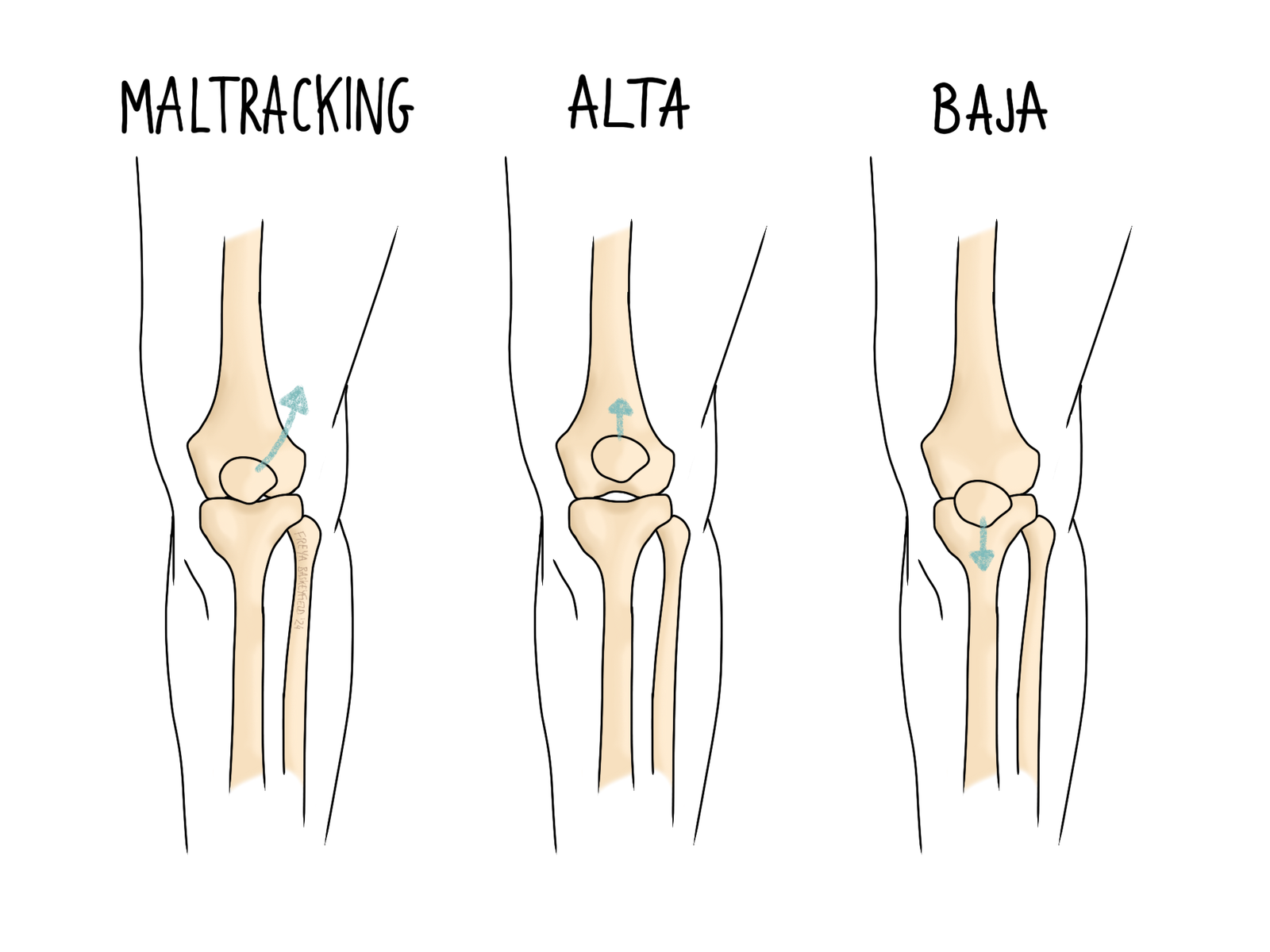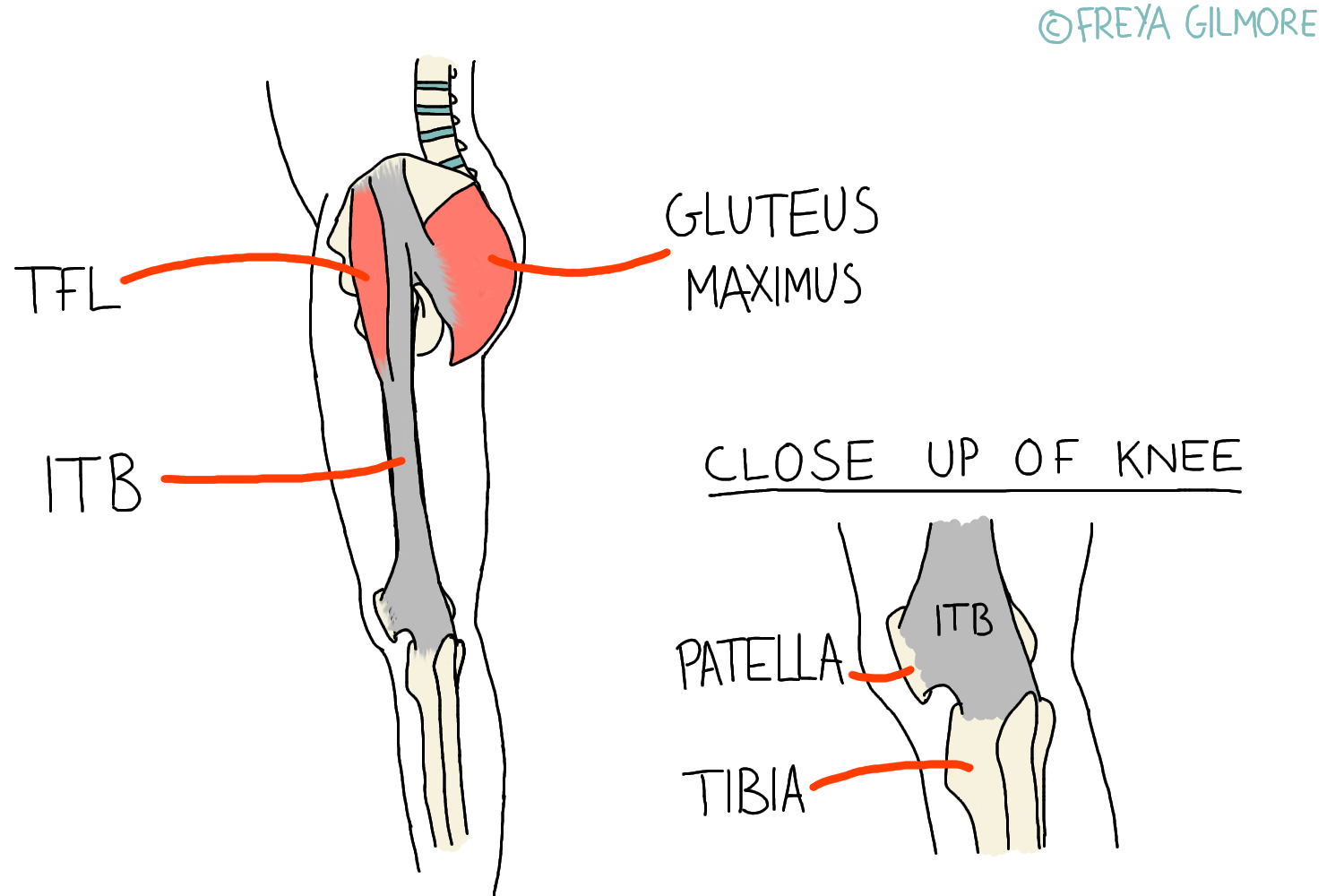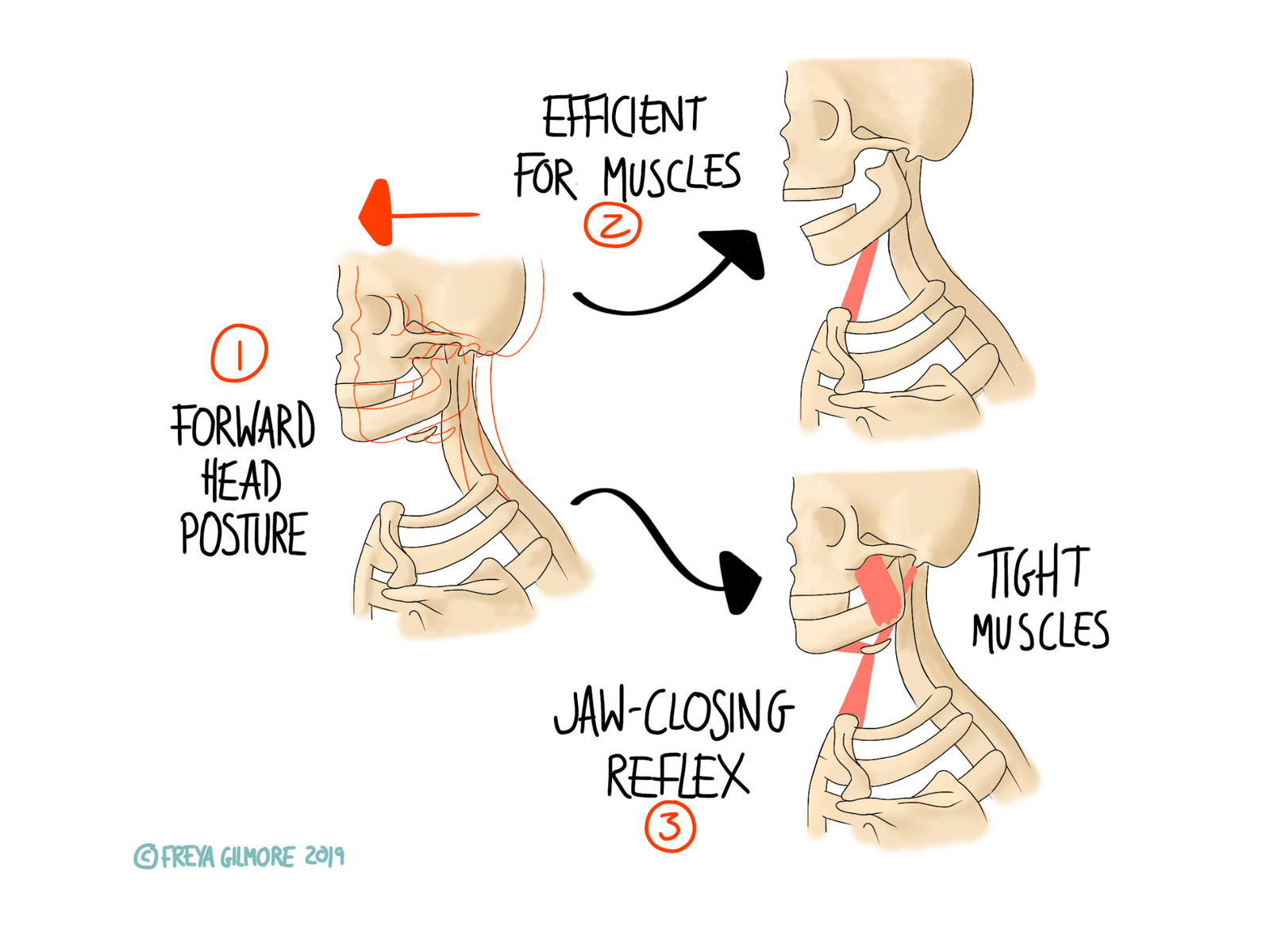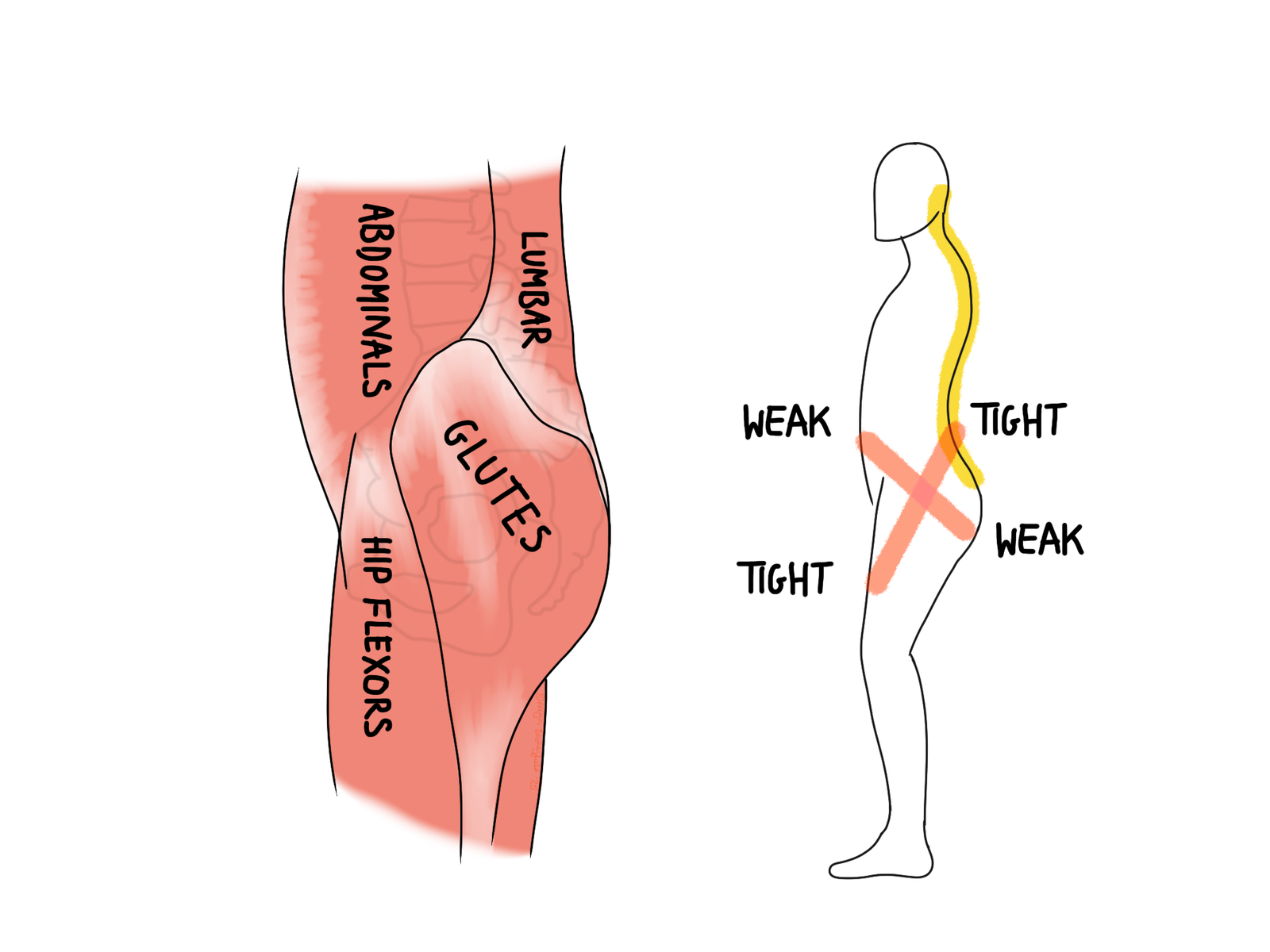The IT band is a band of tissue that runs down the side of the…

Pain Behind the Knee Cap
The knee cap (patella) is an unusual feat of physics. It’s a bone sitting suspended within a tendon, sliding over the main knee joint. Its presence makes the quadriceps muscles hugely more efficient, as long as it moves well itself. The joint it forms is the patellofemoral joint.
The Knee Cap Joint Surface
The back of the knee cap is not perfectly flat. It has a few facets to mirror the shape of the rest of the knee joint. As long as the bone sits in the right place, and remains smooth and mobile, function should be good. But if the surface becomes roughened, as with arthritis or injury, we can expect pain and difficulty with movement. Fortunately, the knee is usually responsive to gentle treatment and exercise, so we can aim to get you back to where you should be quickly.
When the back of the patella surface loses its smoothness, you might come to us with symptoms like:
- intermittent swelling around the front of the knee
- pain going downhill or downstairs
- stiffness after rest that improves quickly with movement
- a feeling of instability
If the surface degrades further, pieces of cartilage can break off within the joint and cause locking and catching too.
Knee Cap Position
As mentioned above, altered position of the knee cap is one of the main problems that can affect the joint.
Patella Maltracking
A common knee problem we see in clinic is patella maltracking. Typically, this is where the knee cap pulls towards the outer thigh when the quadriceps are engaged. Most of the time, this boils down to a weakness in the VMO muscle: the most medial of the quadriceps. As the muscles pull on the patella, their imbalance in strength pulls the bone off centre. This can be immediately painful, causing a change in gait as a direct response. Fortunately, effective exercises to strengthen the weak muscle can solve the majority of the problem. All that’s left is to work out what caused the imbalance in the first place, and to address any compensatory issues that follow.
Patella Alta and Baja
Less commonly, the patella can sit too high or too low on the rest of the knee. A high patella (alta) is linked to osteoarthritis, sports injuries, and chondromalacia.
Patella baja (low patella) is especially unusual, typically occurring after surgery such as a knee replacement. Proper rehabilitation post-surgery should resolve most cases. Should the rehabilitation be insufficient or not provided at all, an altered muscle balance can lead to a low lying patella.
Both can cause dislocations among the symptoms listed above for problems with the joint surface. If we suspect one of these conditions, the gold standard for diagnosis is via MRI. But we can still support your recovery while you wait for your referral to come through.
Osteopathy for Patellofemoral Pain
The patellofemoral joint often responds really quickly to treatment. Even just a few minutes of articulation tends to increase mobility and reduce catching in mild cases. Combined with work to tense quadriceps and strengthening exercises where appropriate, the prognosis is normally sunny.
Click here to make an appointment for your knee cap issue in Camberley




